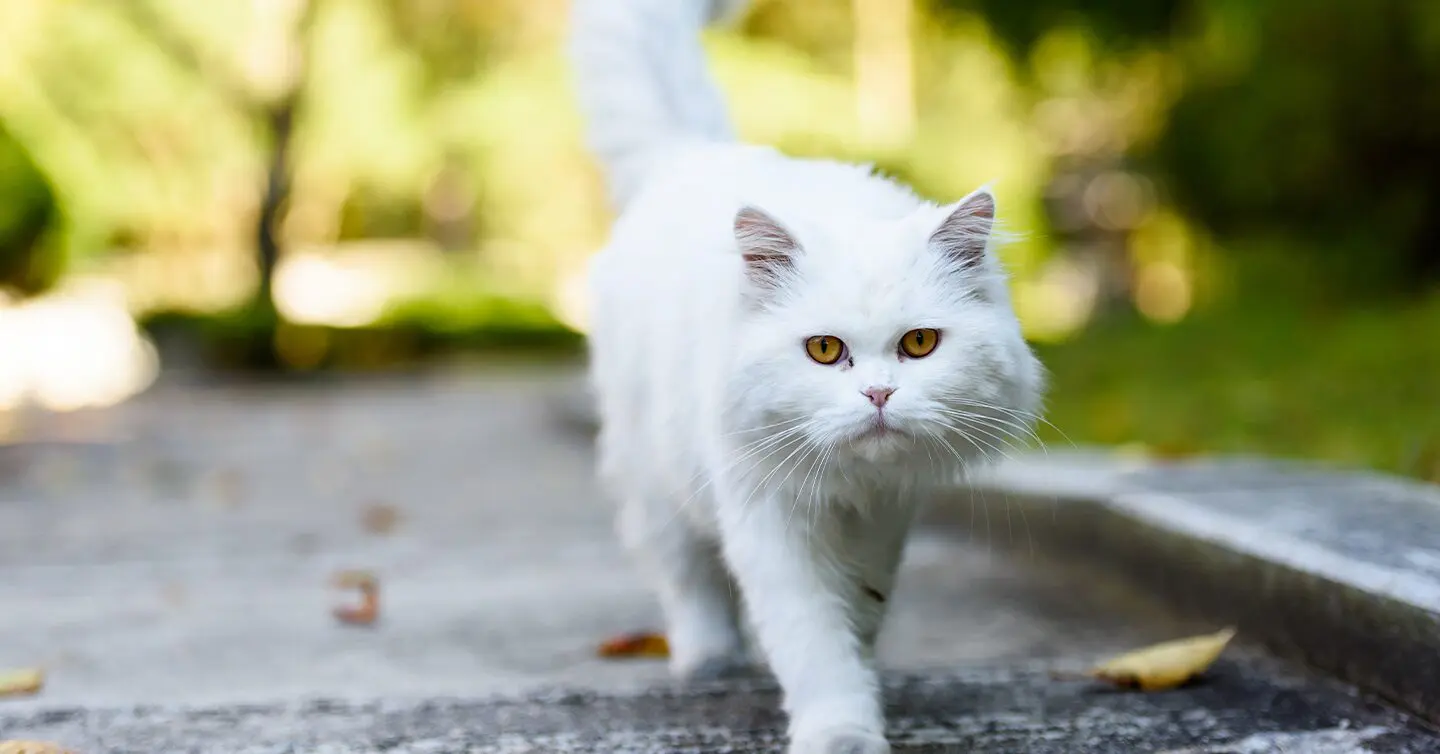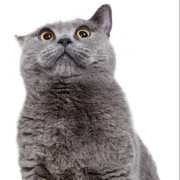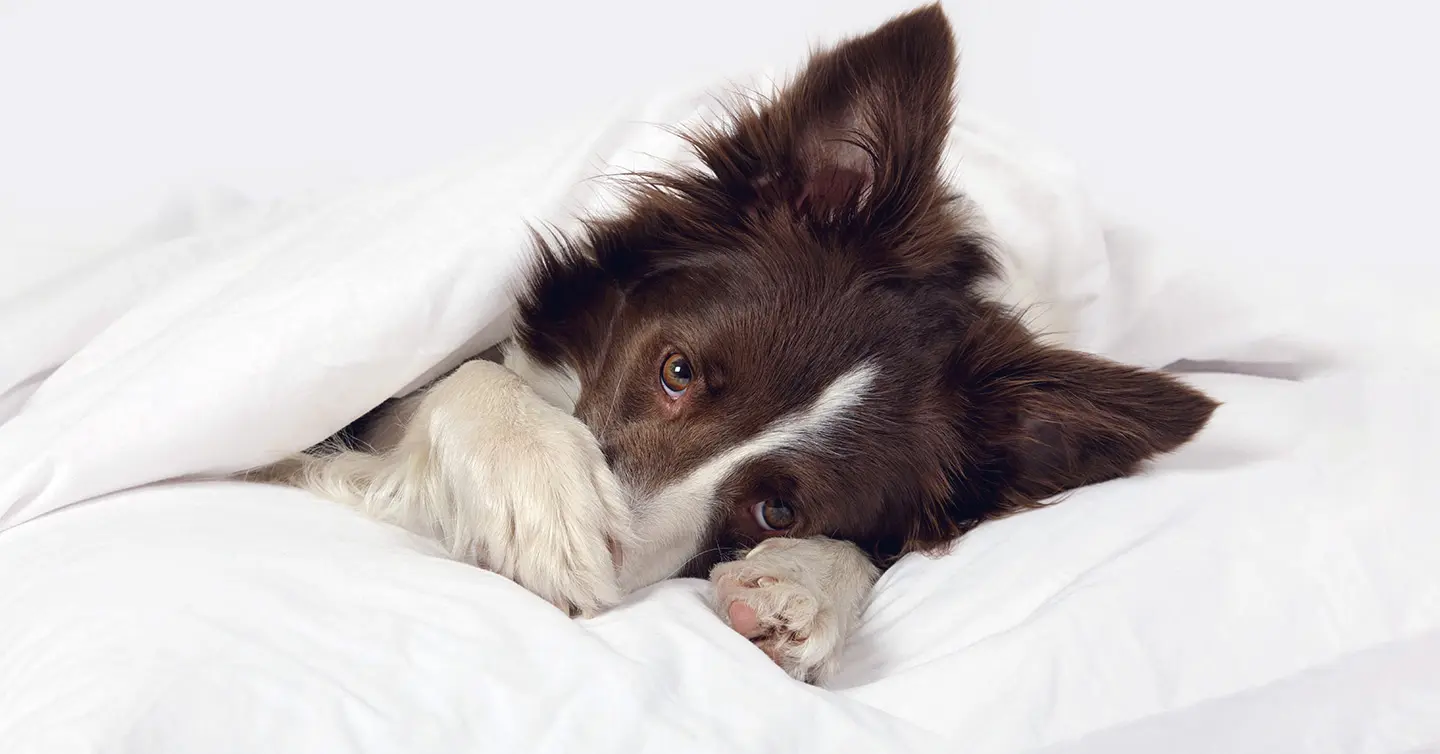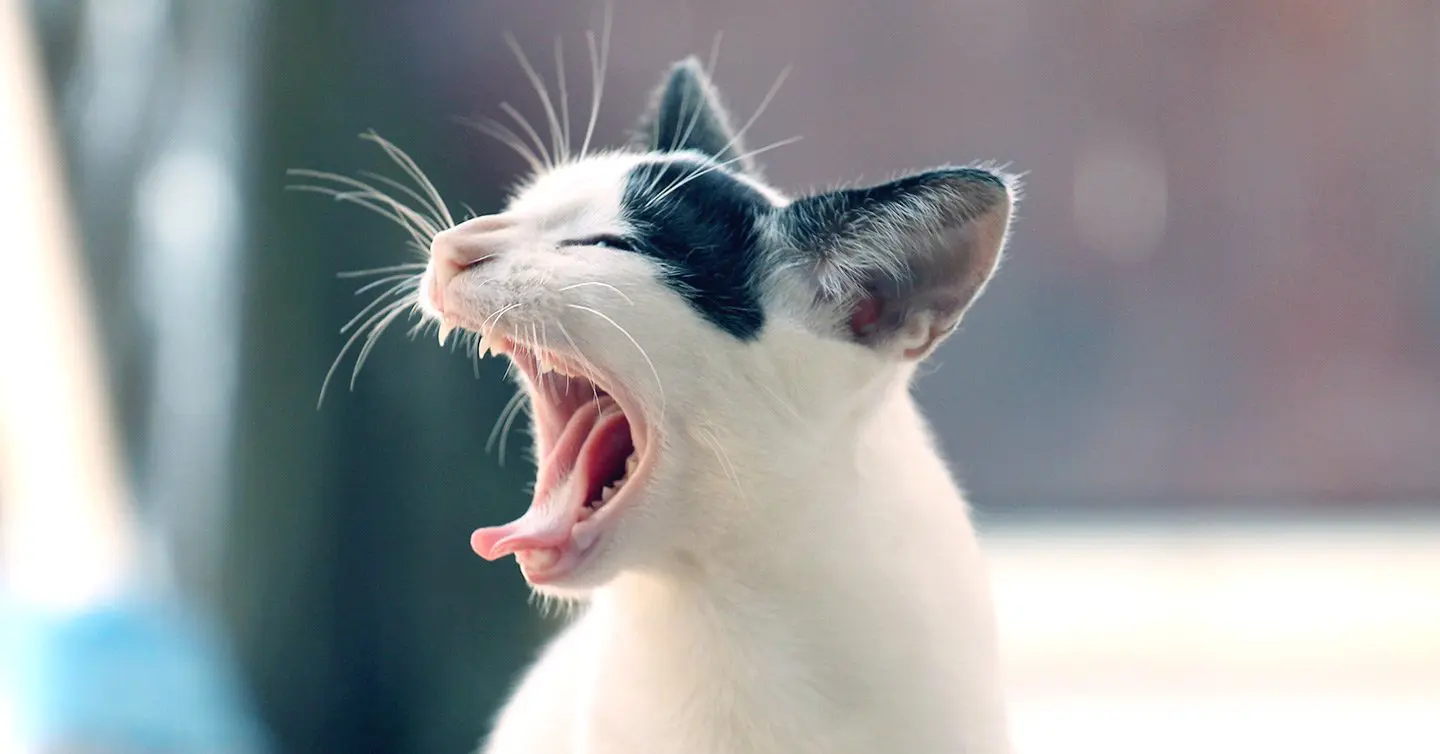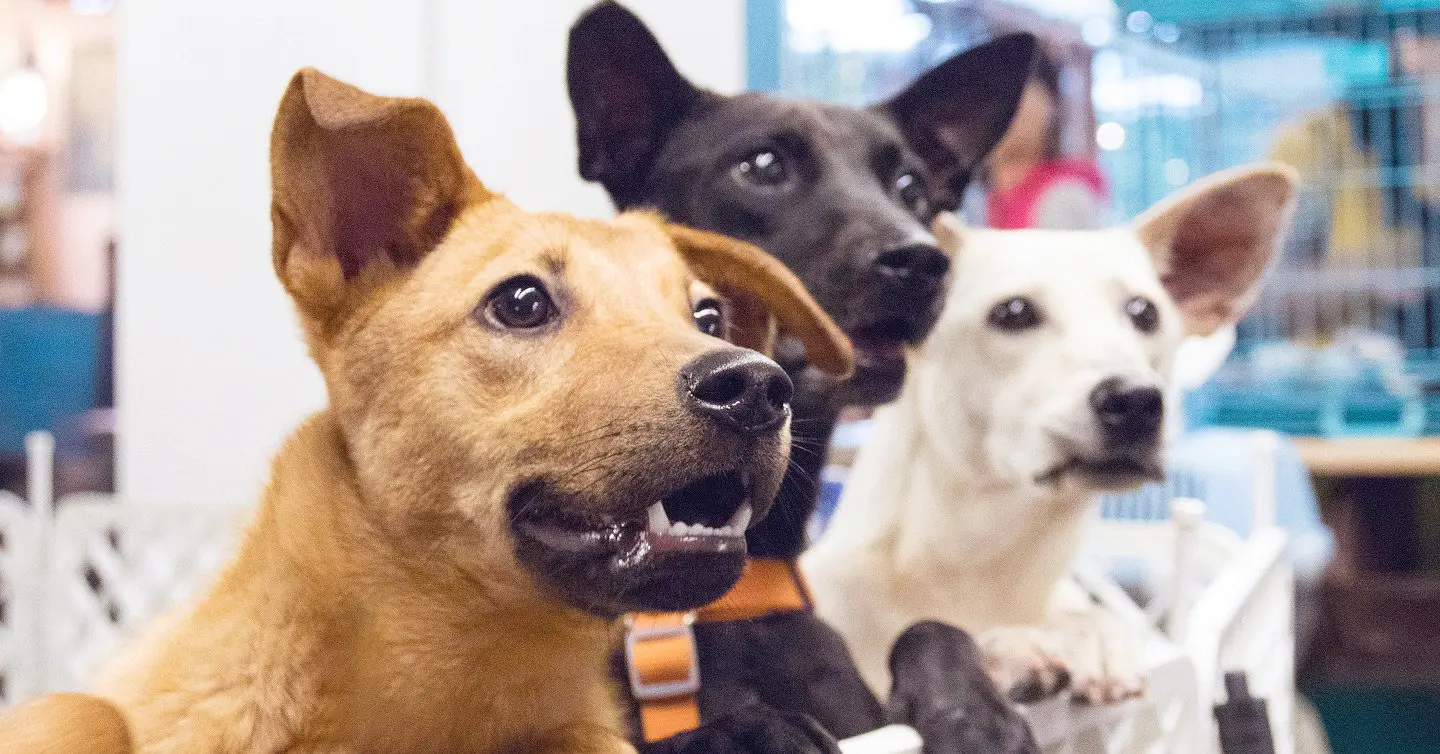Key Points
- Persian cats are highly affectionate and loving pets, well suited for families with kids.
- They’re very popular among celebrities and royalty, making them a luxurious and highly sought-after breed.
- Persians do suffer from some common health conditions, including kidney disease, eye problems, and breathing issues.
Persian cats, sometimes called Persian Longhairs, aren’t just adorable — they’re stars. From their iconic roles in movies like Stuart Little and the Austin Powers series to their history as royal companions, these soft-coated beauties are some of the most striking pure-bred cats.
But have you ever wondered: How long do Persian cats live? What are some of their most unique characteristics? And, most importantly, how can you ensure they stay healthy so you can enjoy their company for many years to come?
Read on to discover some of the most interesting facts about these cats.
1. They’re an ancient cat breed
Persian cats can be traced back to Mesopotamia, an ancient civilization that was later called Persia — hence the name. They were introduced to Europe in the 1600s by travelers to Persia who became enamored by their beauty. While this Persian cat lore hasn’t been conclusively proven (cat lineages aren’t a high priority for historians), it’s a plausible explanation for their origin.
They were likely bred for their striking beauty and calm demeanors, making them a highly desired breed among the aristocracy.
2. They have a long lifespan
The average Persian cat’s lifespan is between 12-17 years. However, there have been Persian cats who have lived for longer. A brown-coated Persian cat named “Minky” is one of the oldest cats that ever lived: She lived to the noble age of 27 years.
You can increase your kitty’s life expectancy by feeding them a balanced diet, ensuring enough exercise, and taking them for regular vet checkups.
3. They’re considered luxurious cats
Persian cats symbolize luxury and elegance, so they’re known as the “aristocrats of the cat world.” Their long, silky coat comes in multiple colors and patterns, including solid, bicolor, tabby, calico, and shaded, making them one of the fluffiest cat breeds.
They also enjoy an indoor life and love keeping their fur clean, meaning you won’t soon see them dirty. That said, they still require frequent grooming. Because of the risk of matting, Persian cats will benefit from regular trips to a professional animal groomer.
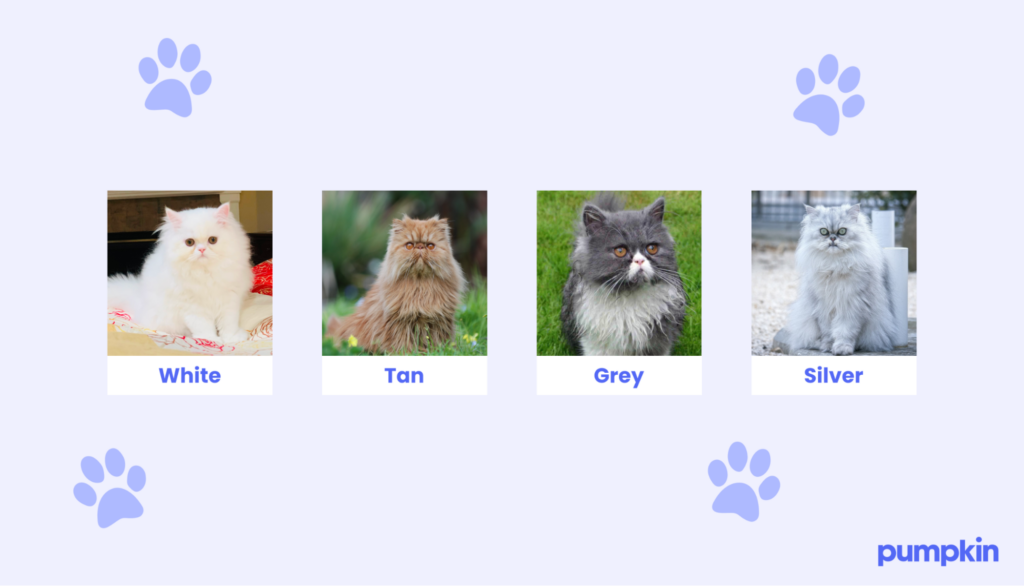
4. They’re a pedigreed cat breed
Persian cats are considered a “pedigreed” breed, meaning they must have specific physical and characteristics, including their distinct round face.
Because of these unique features, they require selective breeding to avoid genetic issues and maintain these desirable traits. So, while the cost of Persian cats is higher when purchasing from a reputable breeder, it’s worth it.
5. Their facial features can cause health issues
Persian cats have a flat face with a short nose and round, expressive eyes, typically called a brachycephalic face. Their short noses can cause a health condition known as Brachycephalic Airway Syndrome, which causes breathing problems.
In addition to BAS, their short snouts can cause teeth overcrowding, which could lead to dental issues. Their large eyes are also more prone to injuries and conditions, such as retinal atrophy or excessive tearing, due to their shallow eye sockets.
You need to be aware of these concerns and ensure you and your vet closely monitor them to catch these issues early.
6. They’re a popular breed among royalty and celebrities
Persian cats were a favorite among royalty and aristocracy. In fact, Queen Victoria was such a superfan of this breed that she helped popularize them in the Victorian era.
Celebrities also love this breed, with Martha Stewart and Kate Beckinsale owning multiple Persian cats. Miley Cyrus has a Persian called Shanti Om Bb, who has more than 70,000 followers on Instagram.
7. The camera loves them
Persian cats have been featured in several popular movies and are perhaps most famous for their roles as “Mr. Bigglesworth” from the Austin Powers films, “Snowbell” in the Stuart Little movies, and in the James Bond flick Thunderball.
8. They’re excellent family pets
Persian cats are great family pets, known as one of the friendliest cat breeds. Their highly affectionate personalities and gentle nature make them a great fit for kids and adults.
Their loving nature means they thrive in environments where they get a lot of affection and attention. They’re also relatively sociable and enjoy interacting with children, playing gentle games, and relaxing on their family’s laps.
9. They’re not great jumpers
Despite the common belief that all cats are excellent jumpers, Persian cats have short legs and a stocky build, meaning they can’t jump like other breeds.
Due to their inability to jump and their preference for being indoors, it’s recommended to get them cat trees and scratch structures. This can help with weight loss and exercise even if they aren’t as active as other kitties.
10. They’re notoriously known for being lazy
In addition to not being great jumpers, these cats are also known to be quite lazy and have low energy. They prefer lounging and relaxing in cozy spots around the house rather than engaging in high-energy activities.
This makes them reasonably low-maintenance in terms of activity, perfect for owners who prefer snuggling up on the couch with their cats rather than keeping them entertained all day.
11. They’re high-maintenance regarding grooming
While these beauties have gorgeous, thick coats that make them stand out from the cat crowd, their coats make them high-maintenance when grooming.
Daily brushing with toothed grooming combs is a must for the Persian breed. Without it, their fur can become tangled, resulting in uncomfortable mats that pull at their skin. Keep their fur clean by giving them a bath every few weeks to help prevent skin irritations.
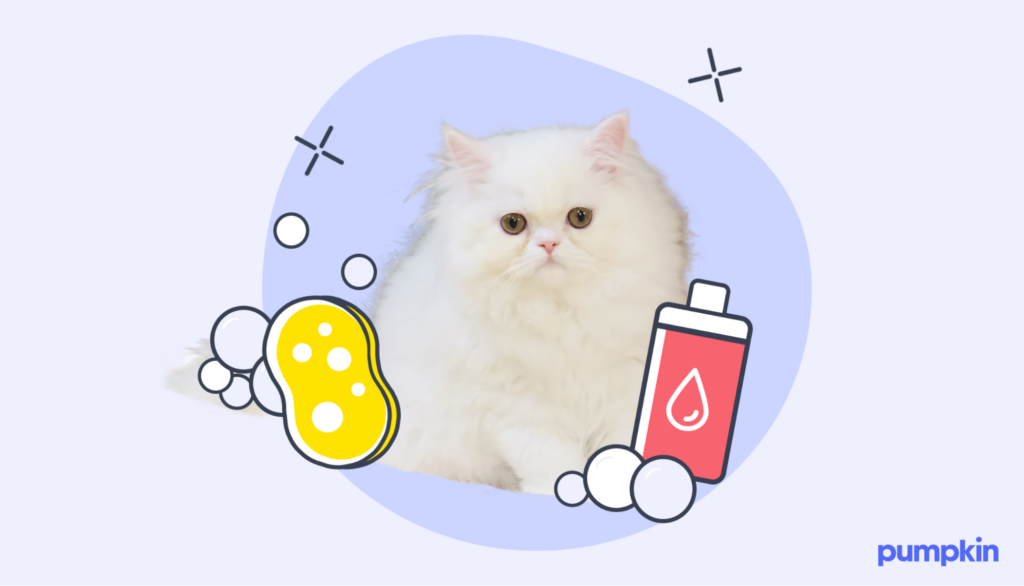
13. They take longer to mature
Persian cats take longer to mature compared to other cat breeds. They may continue growing until they are 3-4 years old, compared to other cats that stop growing between 12-16 months.
This longer development period often means keeping their kitten-like behaviors and playfulness for a longer time. This also affects their physical development as their stocky bodies, thick fur, and unusual head shape take longer to grow fully.
14. They shed — a lot
So, with their luxurious, dense coats, do Persian cats shed a lot? The answer is a resounding yes. Luckily, there are several steps you can take to minimize shedding and keep it under control:
- Brush them daily
- Bathe them every few weeks
- Give them a well-balanced diet with omega-3 and omega-6 fatty acids
- Make sure they drink enough water
- Limit your cat’s stress
Should you adopt a Persian cat?
With so much going for them, including luxurious coats, affectionate personalities, and long lifespans, there’s so much to love about Persian cats.
Of course, because of our cats’ mischievous natures, they can get into accidents as they grow. And when the unexpected happens, pet insurance can help. Find out how Pumpkin Cat Insurance plans can help cover the cost of eligible vet bills, letting you focus less on cost and more on care.
FAQs about Persian Cats
- https://animalcorner.org/blog/the-oldest-cats/
- https://www.rvc.ac.uk/vetcompass/news/persian-cats-at-high-risk-of-health-problems-study-shows
- https://vcahospitals.com/know-your-pet/brachycephalic-airway-syndrome-in-cats
- https://vcahospitals.com/know-your-pet/progressive-retinal-atrophy-in-the-cat
- https://people.com/martha-stewart-adopts-4-year-old-persian-cat-named-mongolia-wonderful-addition-to-my-menagerie-8776676
- https://www.catster.com/lifestyle/exploring-the-cats-of-the-rich-and-famous/
- https://www.vogue.co.uk/arts-and-lifestyle/article/celebrity-pets
- https://catharnessaustralia.com.au/blogs/research-on-cats/when-do-cats-stop-growing
- https://pmc.ncbi.nlm.nih.gov/articles/PMC8625840/
- https://www.vet.cornell.edu/departments-centers-and-institutes/cornell-feline-health-center/health-information/feline-health-topics/hypertrophic-cardiomyopathy
